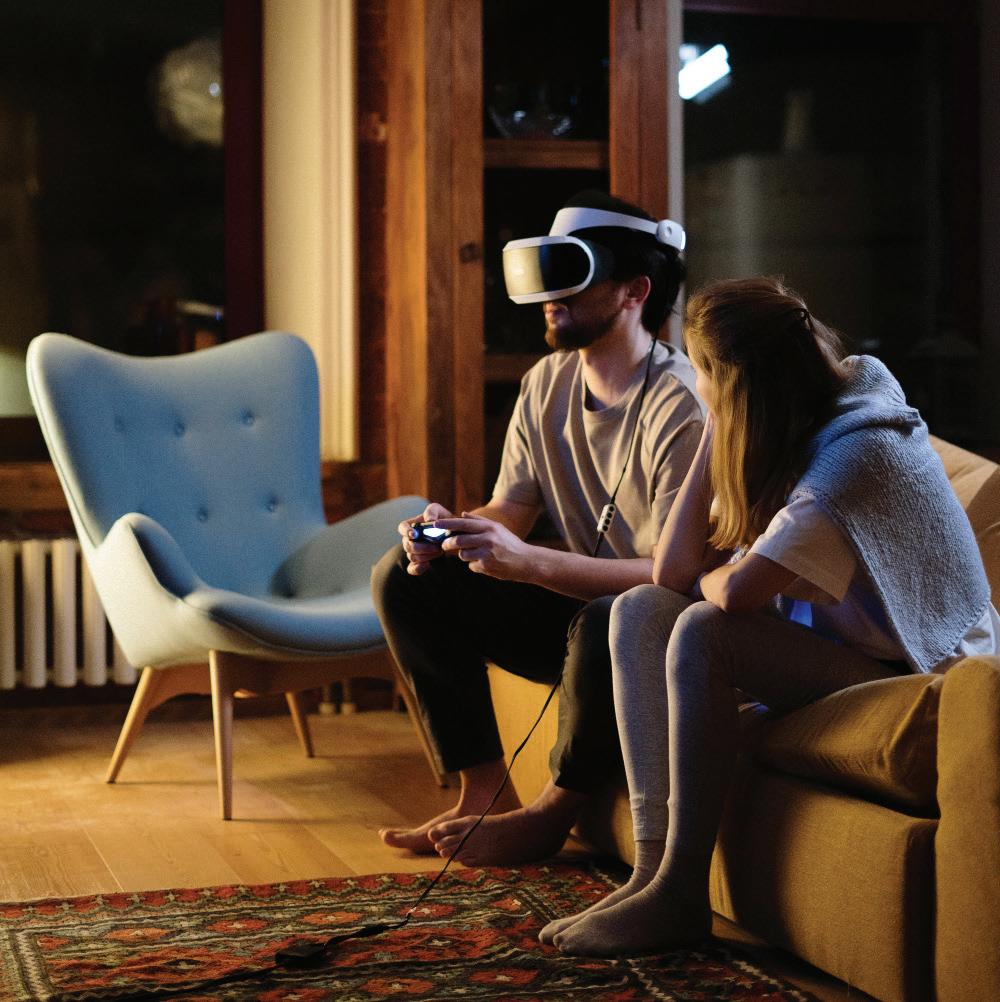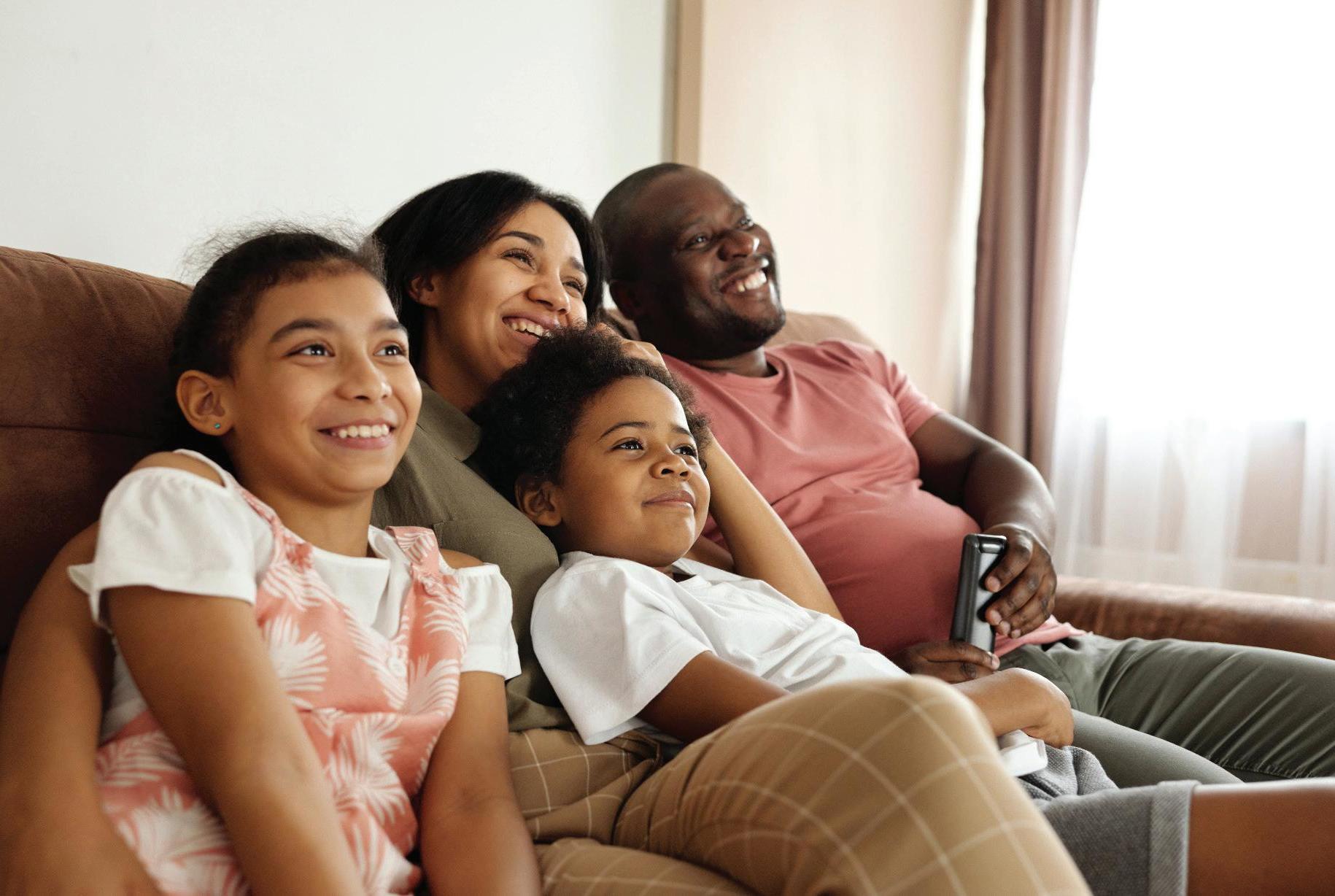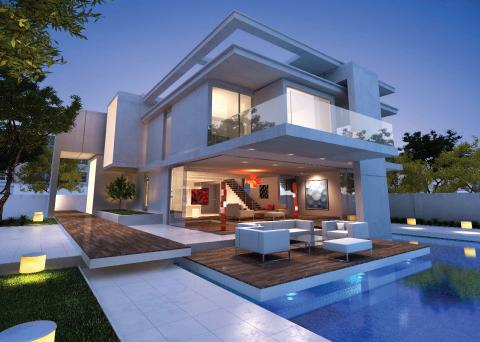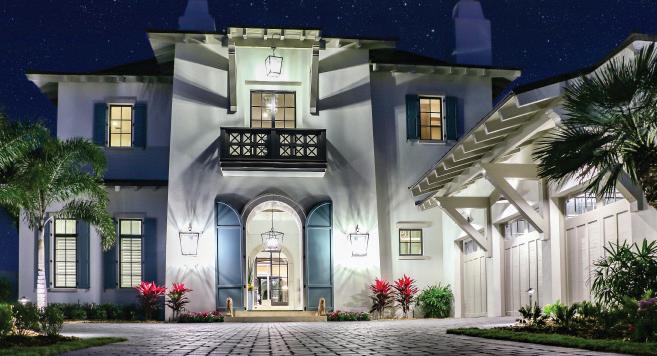
5 minute read
WELCOME MESSAGE
While it would be unfair to say that these developments have not remained popular, the coronavirus pandemic has changed not just the type of property in demand, but the location and lifestyle requirements of the wealthy, at least for the foreseeable future. In a recent analysis, there was conclusive evidence of a significant trend of buyers moving back to purchasing mega mansions, ranches, and large estates.
Attached Home Sales 2019 vs. 2020

2019 2020
Single Family Home Sales 2019 vs. 2020

2019 2020


*Figures based on the 101 markets researched by The Institute for Luxury Home Marketing.


2020 was also predicted to be the year that Smart Home technology would become even more prevalent in our homes. Although it’s doubtful anyone could have realized just how significant and critical mediums such as streaming, gaming, AI assistants, conference and social platforms such as Zoom and Teams, and even wireless devices would become in our lives!
Instead, it had been expected that technology controlling our household electrical, security, lawncare, how we work, cook, and play, and even gadgets that dispense pet treats, would become the most significant types of smart controls implemented into our daily lives.
One aspect of early 2020 predictions that remained somewhat close to expectations was the interior design of luxury homes. There had been a distinct move away from the more neutral white palate to embracing more warmth and laid-back luxury features. Designs and tastes had moved towards focusing on creating an atmosphere of a welcoming relaxation, rather than the more formal interiors of previous years.
Indeed, another benefactor of the pandemic has been the interior design, remodeling, and upgrading of amenities sector as home improvement became the focus of many desiring a space for sanctuary and wellbeing.
This sector also saw significant changes as homes transformed to include an office, school, restaurant, movie theater, and wellness. Amenities that had been fading from the ‘must have’ list were now back

with a vengeance, including swimming pools, tennis courts, and in-house screening rooms.

The luxury real estate market’s initial resilience in the second quarter of the year surprised many in the industry, who had anticipated at the onset of the pandemic that the market would see a sharp downturn.
There were several significant factors that were key in preventing this; firstly the stock market rebounded very quickly, which enabled the affluent to leverage their wealth and purchase another property.
The pandemic itself drove demand – as people realized that they would be stuck in their homes, they quickly searched for properties that could provide more spacious security. Equally important was a property that afforded them the environment to embrace a new work/lifestyle balance.
Many buyers were able to use technology, as the real estate industry and its service providers adapted very quickly with online tools from as 3D tours, virtual meetings, and digital paperwork and signatures, enabling buyers to search, view, and complete transactions – sometimes even sight unseen.
Interest rates fell to all-time low, thereby affording the ability to borrow money at extremely low rates. This also enabled first time homebuyers to purchase properties, and for those sellers then to move up the ladder, thereby increasing the demand upwards.
Not only did this growing demand increase prices, but also the lack of inventory of large properties, unrenovated homes, and properties in remote locations, that previously had sat on the market for extended periods, were snatched up. In addition, inventory levels dropped as owners with larger properties started to remove them from the market, recognizing that these homes now met their new requirements.
As we moved towards the end of 2020, these trends fueled even more demand for spacious singlefamily homes in suburban and remote locations and the data shows in the last quarter of the year, that in many locations the number of sold properties outweighs the number of new listings.
Experts believe that the demand for exclusive residential properties outside the metropolitan areas will continue well into 2021; even with the introduction of vaccines, the pandemic is far from over.
For those who have moved to the suburbs and beyond, moving back to the city full time is unlikely while the work from home trend remains. Many of these affluent homeowners are now making their secondary properties their primary residences for the foreseeable future.
Although it is important to understand, for cities that are not densely built up or offer communities that have larger properties with yards and green space, it is predicted that these will remain or become popular again with the affluent who are not willing or wanting to leave their metropolitan lifestyle.
For homeowners looking to sell or buy their luxury home in today’s market, we recommend working with a luxury real estate professional who can provide you with critical knowledge about your local market, maintain a high level of security and safety during the process, and who knows how to leverage technology and strategies to provide maximum exposure and assistance.

– 13-MONTH MARKET TRENDS –FOR THE LUXURY NORTH AMERICAN MARKET
Single-Family Homes Attached Homes Single-Family List Price Attached List Price
All data is based off median values. Median prices represent properties priced above respective city benchmark prices.




DAYS ON MARKET





PRICE PER SQUARE FOOT






SALES PRICE VS. LIST PRICE






